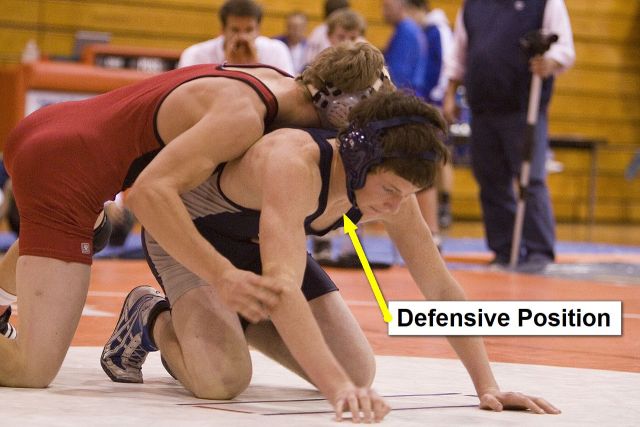

Intimidation attempts (while potentially successful) give the opponent the opportunity to react and control the altercation. Draw and take action, or choose another course. To use a weapon for intimidation will likely put the opponent into a fight or flight type response, and the momentum can change quickly in their favor. Furthermore, draw your knife only if you intend to use it. You should only draw your knife if your opponent also brandishes a knife. Generally, you should look on a knife as an everyday tool that can be used for self defense, should someone provoke an altercation, and not as a weapon that solely for fighting.
#DEFENSIVE FIGHTING MOVES HOW TO#
Check out what's available and get detailed, one-on-one training to learn how to wield a knife properly and safely.


Don’t constantly stare down at your phone. Limit distractions when walking from place to place or other public settings. Make sure you’re aware of your environment as much as possible. Some essential principles of prevention also include: We might be too embarrassed, too shy, or too scared to hurt others’ feelings that we don’t always think about ourselves. The best thing you can do in a dangerous situation is avoid a potential attack. The Rape, Abuse & Incest National Network reports that 70 percent of sexual violence cases aren’t committed by random strangers in a dark alley, but by people we know: friends, family, partners, co-workers, etc. Learn self-defense techniques that can help you fight off an attacker and run away. Learn to develop boundaries, even with people you know had more positive feelings about their bodiesīelow are our top eight self-defense moves for women - complete with instructions - to help you feel empowered to defend yourself in any situation.



 0 kommentar(er)
0 kommentar(er)
